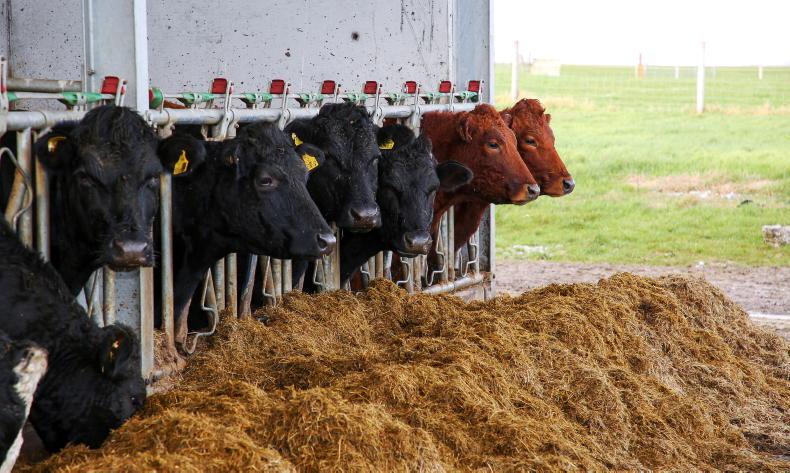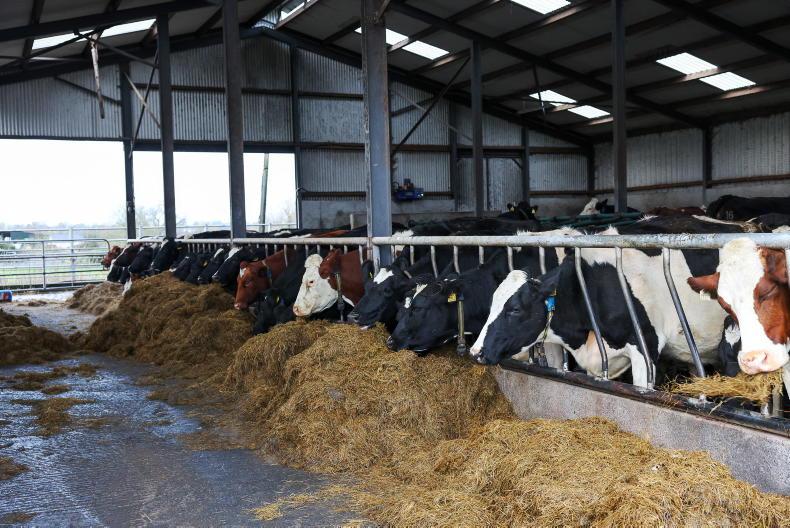Grass is our cheapest and arguably best source of feed here in Ireland, and the majority of weight gain in youngstock should be achieved during the grazing period.
Housing is seen as a store period where any lost ground daily gain is made up for by compensatory growth when yearling cattle are turned out to grass for their second summer.
However, a store period does not constitute poor-quality feed to go into weanling cattle or indeed finishing animals.
High-quality silage needs to be targeted at these animals to ensure that they meet their energy intake requirements without large volumes of concentrates having to go in to the diet.
Whatever is in the pit or bales now cannot be changed, but the important thing is to properly balance the diet to match silage quality with the animal’s requirements.
Table 1 charts the volume of meal that needs to be fed across the winter housing period depending on silage quality to hit target weight gain.
If not already completed, test your silage now to ascertain its quality.
First-cut silage will generally have a higher DMD than second cut, but where first-cut grass stemmed out before cutting, second-cut silage may be of higher energy value.
Testing silage is the only way to know this for sure.
Surplus paddocks
Where there are bales taken off surplus paddocks through the summer, be conscious that some of this high-quality feed should be held over for spring-calving cows in case early turnout is not possible.
Poor-quality feed going into cows in early lactation will result in cows going into a negative energy balance, causing them to ‘milk off their back’.
Two bales per cow should be held over for this reason.










SHARING OPTIONS